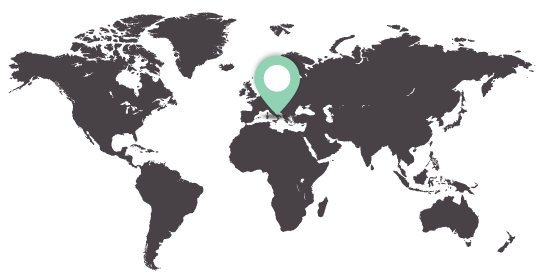Palazzo Medici Riccardi
Palazzo Medici Riccardi, Italy
To say that the Palazzo Medici is an historic structure is a major understatement. Completed in 1460, it housed successive generations of the powerful Medici family. It is widely considered to be the birthplace of the Renaissance. Under a Memorandum of Understanding (MoU) with the Province of Florence, our team began a long-term project to document and analyze the Palazzo Medici. It is now a research and training venue for graduate students funded by IGERT-TEECH to work alongside the project’s Principal Investigators and collaborators from Italian universities, including the University of Florence’s Schools of Engineering and Architecture. The team is undertaking a very detailed, high-resolution and multispectral scan of the building, with the objective to create 3D model of the Palazzo to assist with assessing its state of health. The data can also contribute to a better understanding of the way the building was constructed, how it was altered, and how it is aging. To date, laser scans of the central courtyard, as well as thermal imaging of the façade of the Palazzo Medici have been completed, to determine – via differences in heat signatures – where doors or windows might have been covered over. Indeed, recent research also revealed that the building sits on a network of underground tunnels and hidden passageways.
Work began in 2008 with focus on compiling a very detailed terrestrial laser scan of some of the building’s architectural features. In 2011, the Palazzo also became a field school for our first IGERT-TEECH student cohort, further expanding the scope of the project.

Background
In February 2007, CISA3 signed a Memorandum of Understanding (MoU) with the Province of Florence to embark on a research project to study and document in great detail the current state of conservation of the Palazzo Medici-Riccardi in Florence. Then province President Matteo Renzi (current Prime Minister of Italy and former Mayor of Florence) attended the signing ceremony in San Diego, and the Province agreed to provide full access to the Palazzo Medici, day or night, to CISA3 researchers, to permit multispectral imaging of one of the most important structures of the Renaissance. Now housing the administrative offices of the Province, the nearly 600-year-old Palazzo Medici is known to have been modified many times over the centuries, and one goal of the project is to use multispectral imaging and analytical diagnostics to ascertain the various phases of renovations and additions. By scanning the entire building with modern imaging devices, long-lost murals and frescoes are likely to be located, and artifacts unearthed. CISA3 is also developing novel methods for displaying the history of the building and the results of the analytical phase of the project, thereby enhancing the Palazzo Medici’s reputation as an important structure of the Renaissance and Italy’s cultural heritage.
Acknowledgments
Early funding for this project came from the UCSD Chancellor’s Interdisciplinary Collaboratories Grant, Calit2, and private donors including Bob and Natalie Englekirk, Sandra Timmons and Rick Sandstrom, Paul and Stacy Jacobs, as well as CISA3’s Patrons of World Cultural Heritage, which helped fund the project along with support for graduate-student participation from NSF through the IGERT-TEECH grant.
Florence, Italy
VISUALIZATION TOOLS
TECHNOLOGIES
- Photogrammetry







